How To Play Ragtime Guitar
An American Style
Ragtime is one of the main transitional genres between classical and jazz, it started around the late 1800's and slowly evolved into more forms by the 1910's. Thanks to movie soundtracks of the 1970's there was a revival and new interest. And while it was mainly piano based, today we will show you how to play ragtime on your guitar.
What is Ragtime?
More specifically ragtime is banjo based, guitars were not the main American instrument in the 1800's. Patriotic marching, banjo rolls, and jigs were all combined to form this new style. The most important aspect was this "ragged" style or syncopation.
A dance known as the cakewalk had swept the nation and it fit perfectly with this new genre.
Syncopation and Swing
These two concepts have often gone together and in fact can be used interchangeably. The technical definition is that swing is slightly adding more or less time between the notes, while syncopation is accenting or stressing these offbeat notes.
They both have the same purpose; and that is to get you to move, dance, cakewalk, twerk, or whatever is popular at the time. Along with the blue notes that African slaves brought over with them, their call and response music in labor is where this idea of swing caught on.
If you look across the world at poorly treated people you will see similar syncopation practices, it makes work easier and in sync.The rhythm aspect of ragtime originates in a marching drumbeat, like marches, ragtime is often in a 2/4-time signature. The drummer adds syncopation and accents to that beat and voila basic ragtime drumming.
And while you may not be a drummer, playing ragtime guitar will mean lots of practice in offbeat accents.
Ragtime is much more about the syncopation than the swing, you could almost describe it as aggressive in its accents. As jazz changed it added more swing, which eventually led to the smooth and passive funk vibe we have today.
Chords and Progressions Used in Ragtime
You will not be dealing with a large selection of chord progressions; most ragtime songs have strict formats they stick too. This was a different approach than jazz with purposeful improvisation. That's good news for having less to learn, but also that is one reason a lot of ragtime all sounds the same.
The basic jazz circle progression, which has a few different ways to be shown in Roman Numerals, but we will stick with the easy to understand.
III7 VI7 II7 V7 I or in the key of C as:
E7
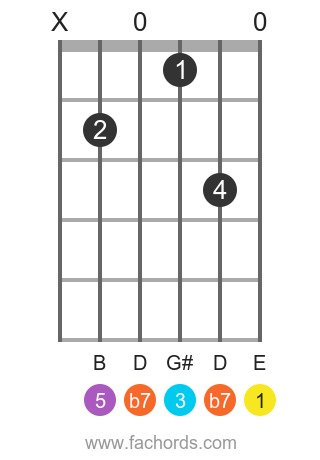
A7
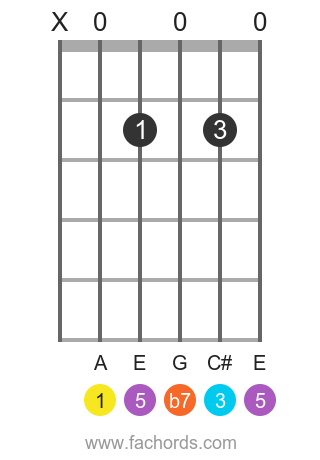
D7
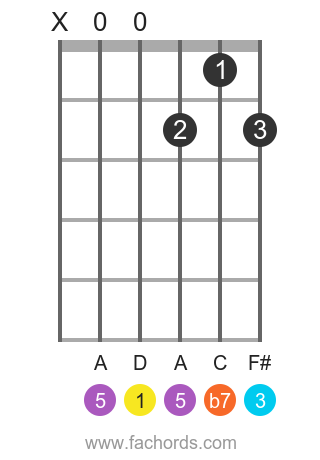
G7
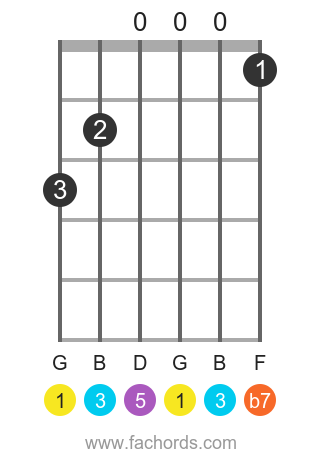
C7
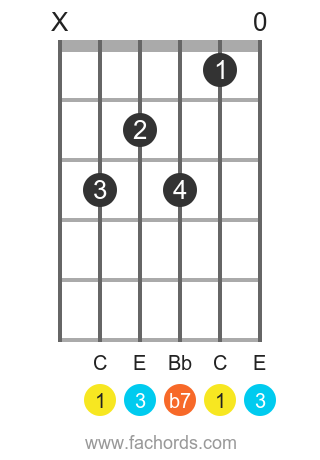
If you have studied any jazz, folk, or parlour music this should be familiar. It is just secondary dominants following the Circle of Fourths (going backwards on the Circle of Fifths!). If you just strum that progression, it has a very vaudeville and old-timey vibe. It was used in "Hello, Ma Baby", and among countless other songs ever since.
Other progressions will come into use like the basic I IV V and the jazz progression I-vi-ii-V (which is the perfect fifth inversion of the A-D-G-C above).
And the most popular jazz progression of ii-V-I is used extensively as a turnaround during the middle and end of a ragtime piece. Ragtime chord sequences are very repetitive and not hard to remember
.As far as chords, any form or precursor to jazz is usually helped along by 7th and minor 7th chords that move in chromatic ways, like the first ragtime progression mentioned above.
Diminished chords can sound nice on some turnarounds, but 7th chords are the most common.
Variations of the main ragtime progression are what you will most often be using. The syncopation is what is important, so when you first start practicing below keep the progression simple and use dominant 7ths!
Ragtime Guitar Essentials
Here's a popular ragtime song that is a great starter for practicing this genre:
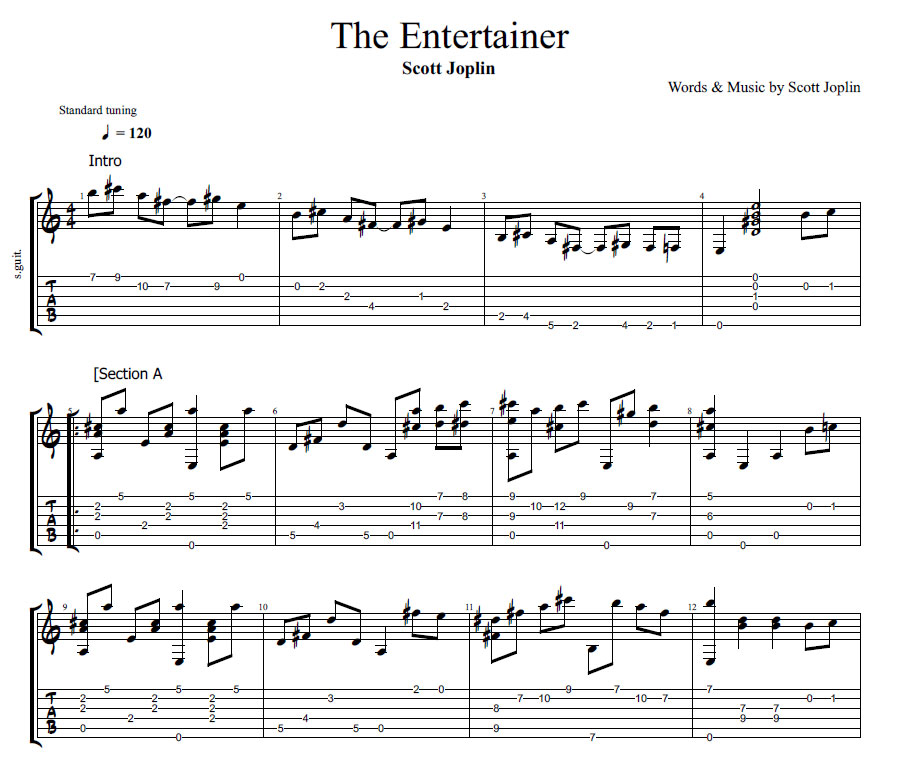
Obviously, we are limited to copying the piano part with a six-string guitar, but with the right picking and syncopation you will have no problem expressing the genre.
Stick to simple chord progressions at first as it is the picking method that is more important.
One of the first parts to recognize in the music is the constant alternate bass pattern. If you have played any other bluegrass, country, or folk this is a common technique.
Usually, you are plucking the root and the fifth back and forth. In ragtime it is a steady movement where every beat is picked.
This alternate bass pattern must be played with the thumb and a proper accent made during the offbeat. Get used to this repetitive thumb picking motion before bringing in your index finger to add extra 1/8 and 1/16th notes to enhance the syncopation.
When we play these added notes to the alternate bass line, we can pluck them at the same time for extra accent. These double plucks will be forceful to really give it the extra push like really hitting a piano key! This will keep the pace and ragtime drive up.
Eventually start adding in the middle finger, just keep that alternate bass line going and steady.
After we have our basic syncopated picking down, we can start adding to the chord progression, things like descending bass runs, or other turnarounds. Again, these can break the song up a couple times, besides the ending they all lead back into the same chords and picking.
Your chord hand will also want to eventually incorporate the pinky into adding more to the melody and syncopation.
Strumming songs is so much easier, when it comes picking out lines it will require more time to get the right strings and muscle memory down.
Ragtime is simple but takes a lot of practice. However, having this alternate bass picking and syncopation practice will prepare you for many other genres.
Ragtime Guitar Conclusion
Once you know the common chord progressions and have the alternate bass and syncopated rhythm down as you pick the guitar, you will be able to play many ragtime tunes. And if you like ragtime and become adept at playing it, maybe branch in to dixie or even more ragtime blues. Which is often just adding more (swing) time to the chord progressions above!
That's all for today. To stay updated and to get free access to the download area, jump here